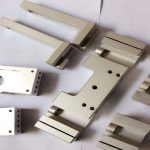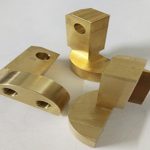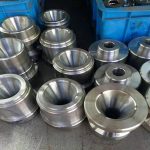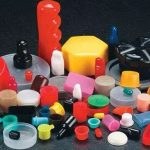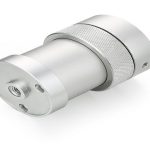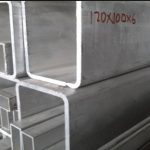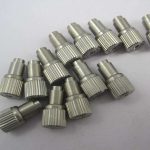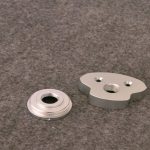On December 25th, a large group of researchers convened to explore more information about new combinations of additives and materials in 3D printing, and summarized them in the recently published “Functional Printing of Conductive Silver-Nanowire Photopolymer Composites” Their findings.
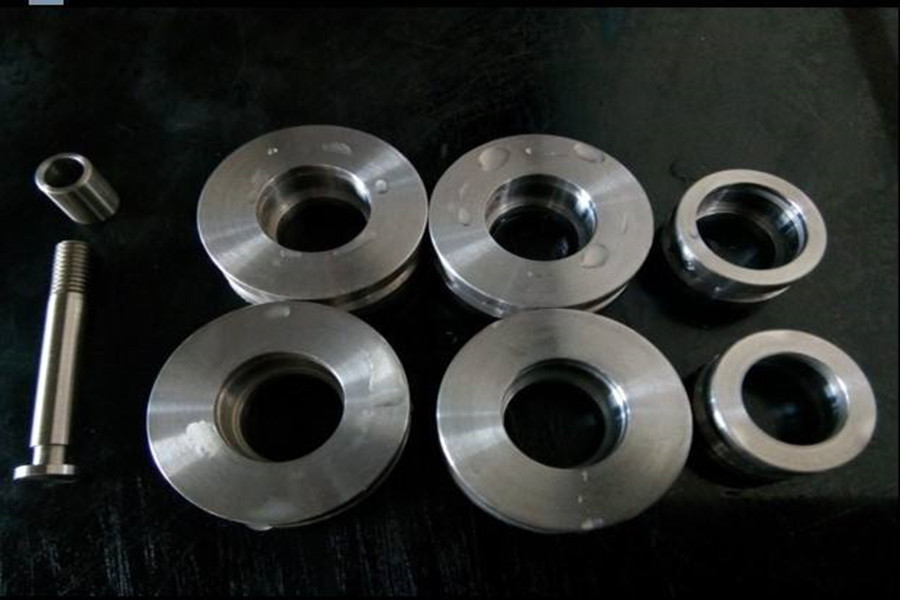
The researchers explained that the use of polymers in 3D printing and their inherent challenges have caused great limitations. They conducted experiments on silver-nanowire-polymer composites and pointed out that the conductive layer is very Manufacturing requirements (such as electronic applications) are critical. However, composite materials must have strong tunneling resistance (because electrons are transferred from one nanoparticle to another nanoparticle), and due to problems such as agglomeration and strong photon absorption, previous researchers have been trying to create a suitable conductivity s material. For nanowires, another approach can be used because it “bypasses the tunneling resistance in the direction of the wire.”
The silver nanowire (Ag-NW) composite material provides a “scalable process” that requires electrical conductivity, including:
1. Electronic products
2. Touch screen
3. Integrated photovoltaic
4. Advanced optoelectronic equipment
5. Biosensor
The sample is coated with an Ag-NW layer, cured with UV light, and then synthesized through the polyol route. The result is that the nanowires exhibit a high aspect ratio-in this case 100-1000. The resin tends to compress during curing, and during the polymerization process, the matrix shrinks on the nanowires. The lack of density also leads to higher sensitivity of nanowire connections and networks.
In the process of increasing the concentration of nanowires, the transmittance was reduced, and the conductivity was optimized at a relatively low concentration of nanowires, which indicates that there is a “subtle interaction” between the polymer matrix and the Ag-NW network. The researchers also found that it is worth noting that the surface roughness of the Ag-NW composite material is between 110-160nm, which is attributed to the roughness of the polymer. The researchers said: “These results show that the composite Ag-NW polymer material can be used as a competitive material for conductive and light-transmitting electrodes.”
In the initial stage of synthesis, the formation of five-fold twin seeds was also confirmed in the SEM evaluation, with a pentagonal structure and a twin top of Ag-NW (though not applicable to this material). The researchers simulated the key features of the GISAXS model through special software to establish a pentagonal shape. For 3D printing, the research team fabricated capacitors made of Ag-NW and flexible photopolymers manufactured by Formlabs. Not only can they demonstrate the potential of 3D printed electronic products, but they can also demonstrate the role of composite materials in improving functionality.
“By applying two different polymers, we have manufactured composite materials with different properties and tested them for two specific applications. First, we adjusted the Ag-NW in the tough and transparent HDDA-based polymer matrix. Concentration, the Ag-NW composite was optimized for use as a transparent top contact. The researchers concluded: “We have achieved a sheet resistance of 13Ω/sq and a corresponding transmittance of 90% at 700nm. Secondly, we used a flexible polymer matrix in the composite material for 3D printed flexible capacitors. The capacity of about 7pF is in good agreement with the estimated value of about 5pF. Our characterization involves GISAXS, which can study embedded nanostructures and interfaces with high statistical correlation. Tis shows that GISAXS can be further developed into an excellent technology for studying embedded nanostructures in 3D printing and technology-related thin films. ”
Comment on China 3D Printing Network: Material science continues to evolve. Among them, composite materials have become an important part of refining functions in many different applications. Researchers are studying a variety of additive technologies, from glass fiber to lignin and other wood composite materials, and many different materials have potential, such as antioxidants. In the future, there will be more composite materials for 3D printing, which will add brilliance to our applications!
Link to this article: 3D printing can achieve higher functions
Reprint Statement: If there are no special instructions, all articles on this site are original. Please indicate the source for reprinting:https://www.cncmachiningptj.com
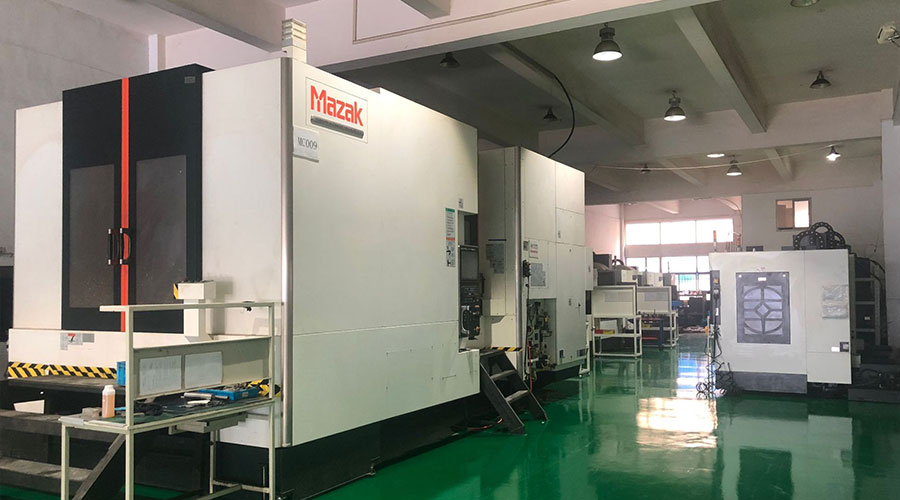 PTJ® provides a full range of Custom Precision cnc machining china services.ISO 9001:2015 &AS-9100 certified.
PTJ® provides a full range of Custom Precision cnc machining china services.ISO 9001:2015 &AS-9100 certified.
Machining shop specializing in fabrication services for construction and transportation industries. Capabilities include plasma and oxy-fuel cutting, Tailored machining, MIG and Custom Aluminum Cnc Precision Milling Welding Jig Fixture, roll forming, assembly, Lathe machining stainless steel cnc machine shaft, shearing, and CNC Swiss Machining services. Materials handled include carbon and Passivation Stainless Steel Machining Cover Plate Parts.
Tell us a little about your project’s budget and expected delivery time. We will strategize with you to provide the most cost-effective services to help you reach your target,You are welcome to contact us directly ( [email protected] ) .
Link to this article:3D printing can achieve higher functions
Reprint Statement: If there are no special instructions, all articles on this site are original. Please indicate the source for reprinting:Tungusten,Thanks!^^

